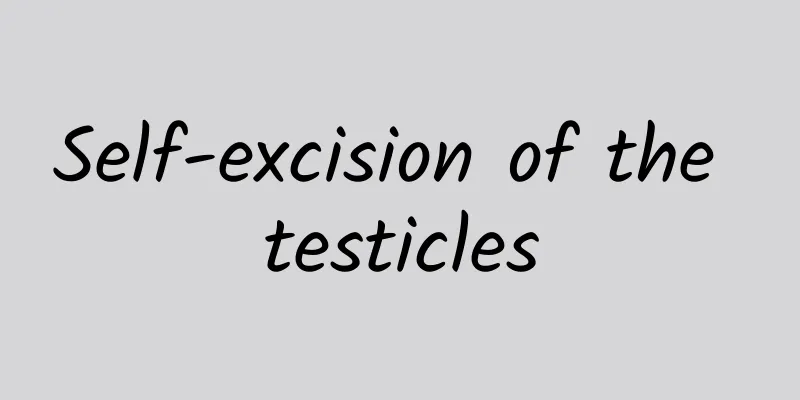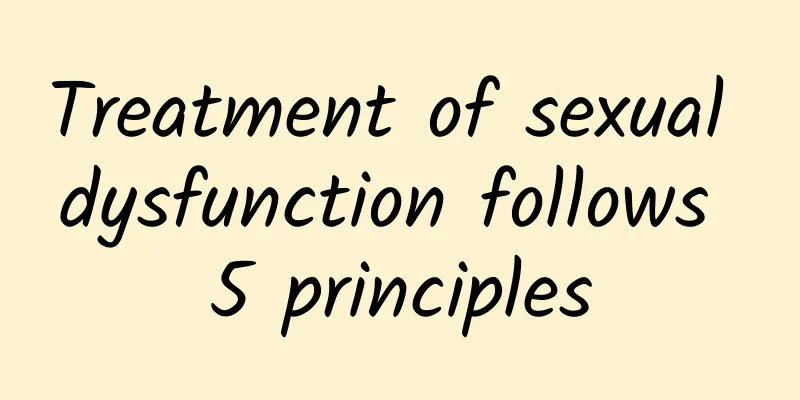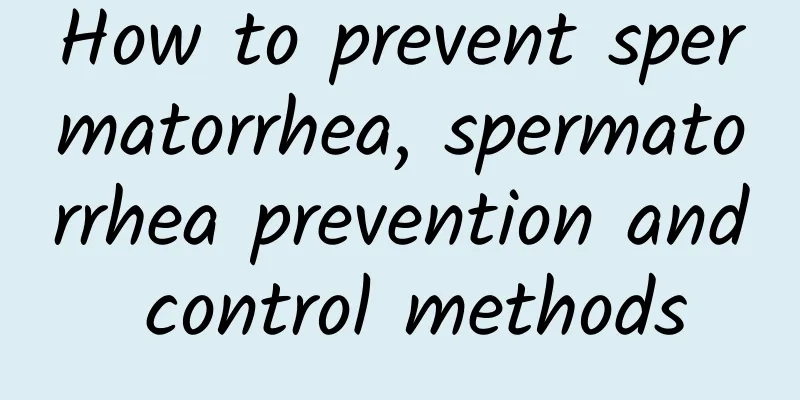Self-excision of the testicles

|
For male friends, the testicle is an extremely important reproductive organ. If it is removed, it is very likely to affect sexual function. If you remove the testicle yourself, the harm will be greater and even life-threatening. Therefore, it is not feasible to remove the testicle yourself. If you must remove the testicle, you must choose a regular hospital. After the operation, you must pay attention to hygiene and diet, especially pay more attention to rest. 1. Indications for orchiectomy 1. Testicular tumor or other malignant tumor in the scrotum. 2. Adults with high-positioned cryptorchidism and testicular atrophy, or those whose testicles cannot descend and fix in the scrotum. 3. Severe testicular damage that cannot be preserved after surgical exploration. 4. Testicular necrosis caused by spermatic cord torsion. 5. Late-stage epididymal tuberculosis, which makes it impossible to retain the testicles. 6. Purulent epididymal orchitis, with recurrent attacks, leading to necrosis of testicular tissue. 7. Chronic hematoma of the testicular tunica vaginalis, resulting in testicular atrophy. 8. For other diseases that require castration, such as prostate cancer, bilateral orchiectomy is performed. In a small number of cases of prostate hyperplasia, bilateral orchiectomy may also be performed occasionally. 2. Surgical steps of orchiectomy 1. For patients diagnosed with testicular tumors before surgery, an oblique inguinal incision is used; for patients with non-testicular tumors, an upper scrotal incision is used; for patients undergoing bilateral non-tumorous orchiectomy, a median scrotal incision can also be used. If the nature of the testicular lesion cannot be clearly determined by preoperative diagnosis, a high scrotal incision can be used. 2. Separate the spermatic cord until it reaches the vicinity of the internal inguinal ring. 3. Finally, remove all the contents of the scrotum, including the testicles, epididymis, and spermatic cord. If the tumor is adhered to the surrounding tissues, that part of the scrotum should be removed as well. 4. Drainage and suturing. 3. Post-orchiectomy care Observe the wound for bleeding or exudation, keep the surgical site clean and all tubes unobstructed and fixed, and provide pain care. On the first day after surgery, the patient should be mainly in a semi-recumbent position with bedside activities. On the second day, if the condition is stable, instruct the patient to get out of bed and move around. 4. Precautions after orchiectomy 1. Lift the scrotum or apply pressure bandage to prevent bleeding or hematoma in the scrotum. 2. The drainage material in the scrotum should be removed 24 to 48 hours after the operation. 3. The wound sutures will be removed 7 days after the operation. 4. After the sutures of the testicular malignancy are removed, retroperitoneal lymph node clearance, radiotherapy or chemotherapy is performed according to the pathological nature and systemic condition. |
<<: How to treat men's weakness and inability to be replenished
>>: How can I reduce the sensitivity of the glans penis?
Recommend
Sexual function of men in their 50s
Generally speaking, the sexual function of men ov...
What to do if you have an enlarged prostate
Prostate enlargement often causes a variety of sy...
Can premature ejaculation be treated with oral medication?
Many male friends are under great pressure at wor...
What should I do if my little brother is crooked?
When a man's penis is erect, it is usually er...
There are small red spots on the glans penis, which are not painful or itchy. What's going on?
What is the reason for the small red spots on the...
Strong odor in your private parts? There is something wrong with your man!
It is common for many men to have a bad smell in ...
What should boys do if they have thick lips?
If a boy has thick lips and does not want to corr...
What disease does a man usually have when he wants to vomit?
Vomiting is usually caused by gastrointestinal di...
Men, test yourself! What is the cause of urethral pain when urinating?
For normal people, urinating is a very easy thing...
What Chinese medicine can be used to treat premature ejaculation?
Premature ejaculation is a very common disease am...
Male thickening and lengthening
As a man, it is important to have confidence and ...
How to preserve fresh pork liver and tips for making pork liver
In daily life, if people want to enjoy the delici...
Is it normal for a 12 year old to have spermatorrhea?
Male friends will have obvious frequent spermator...
The most effective food for weight loss in winter, you must not know!
Losing weight in winter seems very difficult, but...
What harm does a sexless marriage bring to couples?
In modern society, due to the development of the ...









